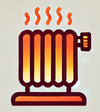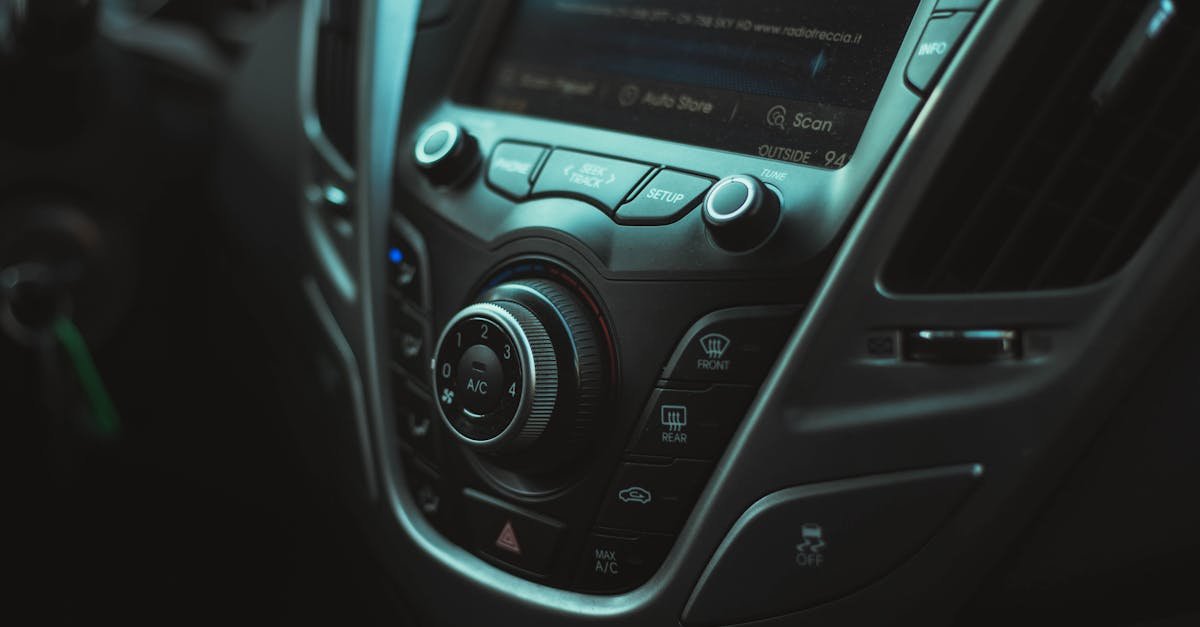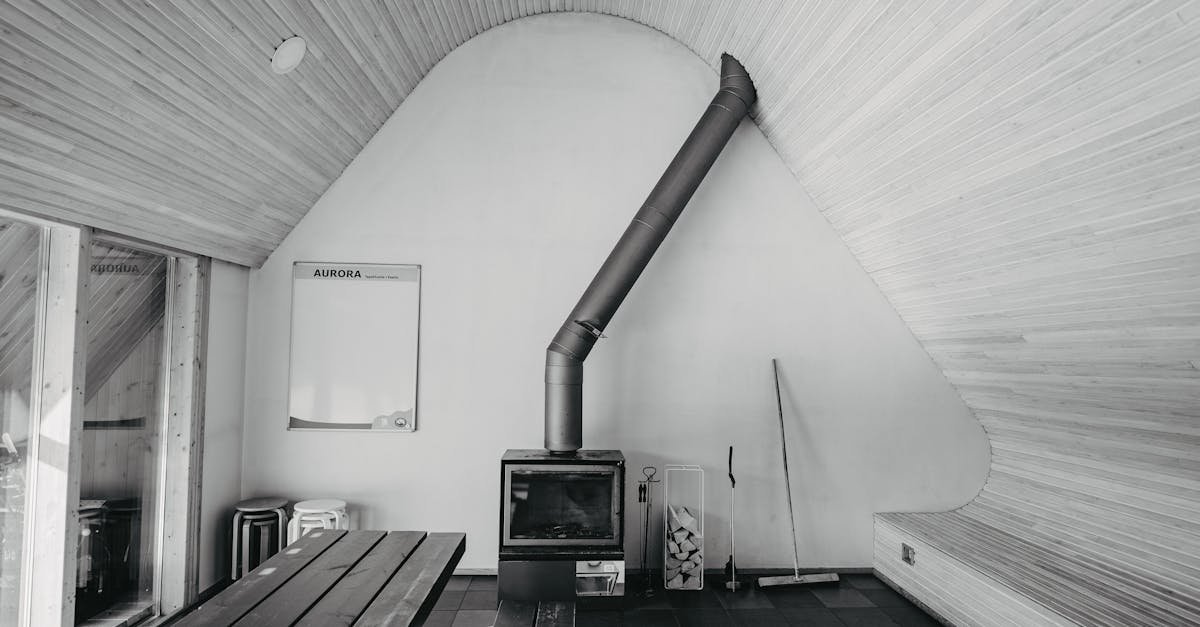Child-resistant heater controls are designed to prevent accidental adjustments by little hands, ensuring safety in your home. These controls typically feature unique mechanisms that require a specific action or combination to operate, making it difficult for children to tamper with them.
By implementing child-resistant features, you can significantly reduce the risk of burns or overheating, providing peace of mind while keeping your space warm. Investing in these controls not only protects your children but also enhances the overall safety of your living environment.
Overview of Child-Resistant Heater Controls
Child-resistant heater controls prevent accidental adjustments by kids. These controls feature unique mechanisms that make operation tricky for children. For example, instead of a simple dial, some heaters use push-buttons or toggles that require a specific sequence to activate. This design reduces the chance of kids changing the settings without supervision.
Safety is a key concern with heaters. Controls that limit temperature provide essential safeguards against overheating. The Consumer Product Safety Commission (CPSC) emphasizes the importance of these controls in reducing the risk of burns or fire hazards. Implementing these features contributes significantly to a safer home environment.
Installer and user instructions play a vital role. Clear guidelines ensure correct installation and operation, which prevents misuse. Simplified instructions allow homeowners to understand child-resistant features quickly. This understanding enhances user experience and promotes safety awareness.
Incorporating child-resistant heater controls not only protects children but also offers peace of mind. Homeowners can enjoy comfortable living spaces without worrying about accidental adjustments. The combination of thoughtful design and effective instructions leads to safer homes for families.
Importance of Safety in Heating Devices
Ensuring safety in heating devices is essential, especially with young children around. Child-resistant heater controls help prevent accidents and provide peace of mind.
Risks Associated with Traditional Heater Controls
Traditional heater controls can pose significant risks. Kids can easily reach and adjust them, leading to accidental overheating. Turning the heat up or down may seem harmless, but it can result in burns or even fire hazards. According to the Consumer Product Safety Commission (CPSC), improper use of heating devices contributes to numerous household incidents each year. This emphasizes the need for controlled access to heating settings.
Benefits of Child-Resistant Features
Child-resistant features enhance safety in several ways. First, unique mechanisms, such as specific push-buttons or toggle sequences, make it difficult for kids to manipulate the controls. These designs minimize risks, ensuring that heating settings remain stable. Second, secure controls keep inappropriate adjustments at bay, maintaining optimal temperatures. Parents can relax, knowing their children are safe from accidental injuries. Third, these features simplify the process of monitoring heat levels, ensuring comfort without constant supervision. Investing in child-resistant controls leads to safer environments for families.
Types of Child-Resistant Heater Controls
Child-resistant heater controls come in two main types, each with unique features. Mechanical controls offer basic safety, while electronic controls provide advanced options.
Mechanical vs. Electronic Controls
Mechanical controls include physical safeguards. Locking mechanisms require you to perform specific actions to change settings. Child-resistant knobs resist easy turning. These designs require strength or a particular grip, making it hard for kids to manipulate them.
Electronic controls take safety a step further. Password protection is a common feature. This allows you to set codes, preventing unauthorized access. Many modern heaters also include touch screens with additional security features. These options allow for greater flexibility in controlling the heater while enhancing child safety.
Design Variations and Innovations
Innovative designs improve accessibility and safety. Some heater models include combination locks. These locks require multiple steps to operate the heater. Others have unique dial designs to prevent accidental adjustments.
New features are emerging regularly. Certain heaters now integrate mobile app controls. You can manage settings from your smartphone, adding extra layers of protection. These apps often include alerts for unusual adjustments or temperature changes. Staying informed helps maintain safety and peace of mind.
With these options, you can choose a heater that meets your safety needs while keeping your living space comfortable.
How to Choose the Right Child-Resistant Heater Control
Selecting the right child-resistant heater control is crucial for safety. Focus on features that protect children from accidental adjustments while ensuring comfort.
Key Features to Look For
- Temperature Control: Set the thermostat on your water heater to no higher than 120°F. This setting prevents scalding. Water just 5 degrees warmer can cause severe burns in seconds.
- Anti-Scald Devices: Install anti-scald devices on faucets and shower heads. These devices keep water temperature at safe levels, typically 120°F. This is vital for homes with children, especially if you can’t adjust the water heater.
- User-Friendly Operation: Choose controls that are easy for adults to use but difficult for children. Look for push-button or toggle mechanisms that require specific actions to adjust settings.
- Robust Installation Guidelines: Ensure you follow the manufacturer’s instructions for installation. Improper installation can lead to malfunction, negating safety features.
- Home Environment: Assess your home’s unique layout. In homes with small children, install heater controls in hard-to-reach places. High wall mounts or secured cabinets can provide extra safety.
- Type of Heating System: Consider the heating system in your home. Mechanical controls might suit older systems, while electronic models work better with modern setups. Evaluate which integration offers the best safety features for your system.
- Maintenance Needs: Plan for regular maintenance of heater controls and anti-scald devices. Regular checks ensure they remain functional. Neglecting maintenance can leave safety gaps, increasing burn risks.
- Budget and Preference: Factor in your budget when selecting child-resistant heater controls. While advanced electronic options may cost more, they often provide better safety features and flexibility. Set priorities based on your family’s needs.
Conclusion
Choosing child-resistant heater controls is a crucial step in creating a safer home. By investing in these features, you can significantly reduce the risk of accidents involving children and heating devices. Whether you prefer mechanical or electronic options, the right controls will help maintain a comfortable environment while keeping your little ones safe.
As you explore your options, remember to prioritize user-friendly designs that meet your family’s needs. With proper installation and regular maintenance, you’ll ensure that your heating system operates efficiently and securely. Embracing these safety measures not only protects your children but also gives you peace of mind as you enjoy your home.








